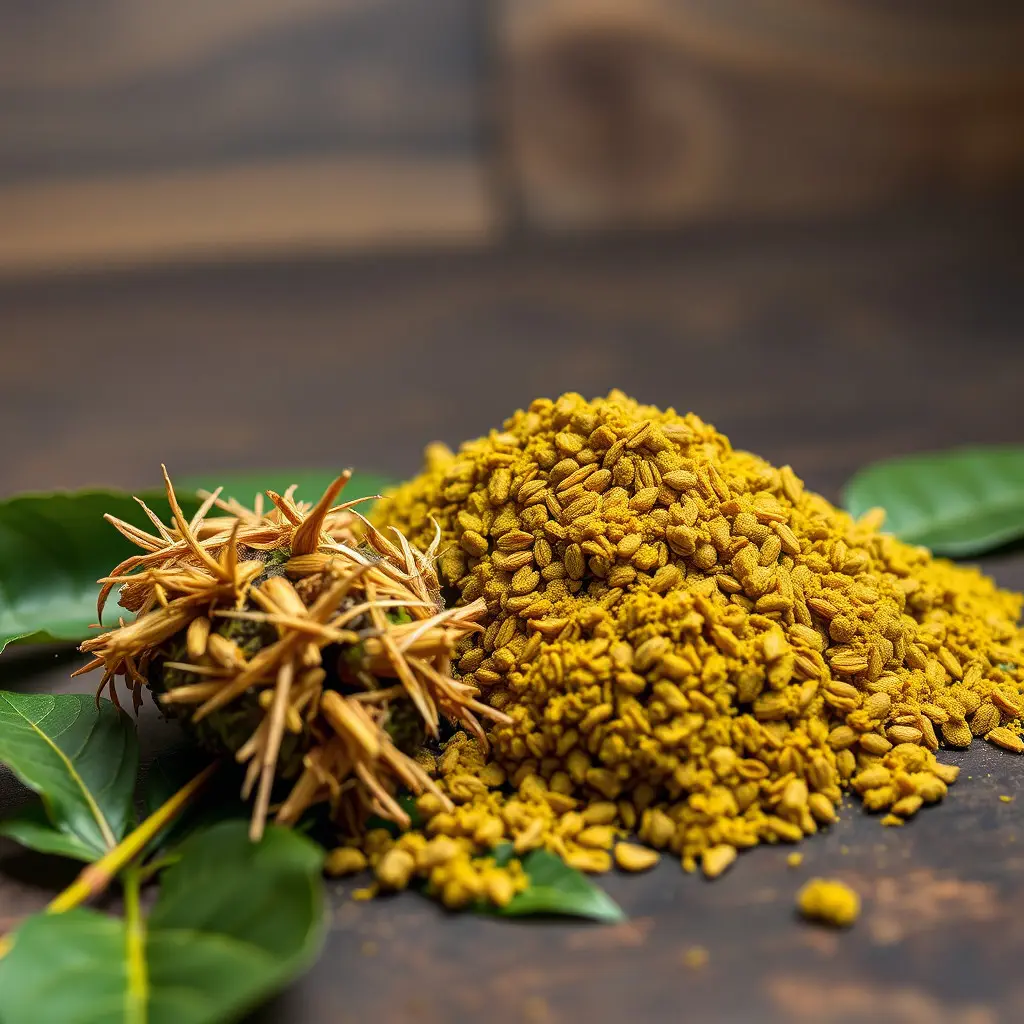Chronic pain, a global issue resistant to standard treatments, has led many to explore alternative solutions like Indiana kratom, derived from Mitragyna speciosa. This natural herb offers analgesic relief through opioid receptors without the side effects or addiction of prescription opioids. With its legal status in Indiana and diverse strains catering to specific pain types, kratom provides hope for improved quality of life for those seeking non-traditional chronic pain management options.
Chronic pain is a prevalent condition, affecting millions worldwide, and significantly impacting daily life. This article explores an often-overlooked natural solution: kratom, a herb gaining traction for its potential in managing chronic pain. We delve into the science behind its effects, its legal status in Indiana, and practical tips for safe and effective use. Understanding these aspects is crucial for folks seeking alternative relief, especially in the state of Indiana, where kratom regulations play a significant role.
- Understanding Chronic Pain and Its Impact
- Exploring Kratom as a Potential Solution
- Navigating Indiana Kratom: Legalities and Effective Use
Understanding Chronic Pain and Its Impact

Chronic pain is a complex and persistent condition that affects millions worldwide, significantly impacting an individual’s quality of life. It can arise from various sources, including injuries, illnesses, or underlying medical conditions, and often defies conventional treatment methods. This relentless pain can lead to physical limitations, mental health issues, and reduced overall well-being, making it a formidable challenge for sufferers.
In Indiana, where kratom cultivation and use have gained attention, many individuals are exploring alternative solutions for managing chronic pain. Kratom, derived from the plant Mitragyna speciosa, has shown potential in alleviating pain without the side effects associated with prescription opioids. Its gentle yet effective analgesic properties offer a glimmer of hope for those seeking relief from long-term pain, allowing them to regain control over their lives and embrace a more active, fulfilling existence.
Exploring Kratom as a Potential Solution

Chronic pain is a complex condition that affects millions worldwide, often leading many to seek alternative solutions beyond conventional medicine. This is where Kratom, a natural herb with a rich history in traditional medicine practices, particularly in Indiana kratom use, has gained attention as a potential aid for pain management. The plant, scientifically known as Mitragyna speciosa, has been used for centuries by various cultures for its analgesic and therapeutic properties.
Indiana kratom, like other forms of the herb, contains potent compounds called alkaloids, with 70+ different types identified so far. Among these, mitragynine is often credited for its pain-relieving effects, acting on opioid receptors in the brain and body to reduce inflammation and alleviate discomfort. This alternative approach to managing chronic pain offers hope for individuals looking to avoid or complement conventional treatments, especially those seeking a more natural path forward.
Navigating Indiana Kratom: Legalities and Effective Use

Navigating the world of Indiana kratom involves understanding both its legal status and effective usage for chronic pain management. In Indiana, the use and possession of kratom is currently legal, but with certain restrictions. The state has specific regulations regarding the sale and distribution of kratom products, ensuring consumer safety and preventing misuse. It’s crucial to purchase kratom from licensed and reputable suppliers who comply with these regulations.
For effective use in managing chronic pain, Indiana kratom can be a game-changer. Medical professionals are increasingly recognizing its potential as an alternative treatment option. Kratom interacts with opioid receptors in the brain, offering analgesic effects similar to prescription opioids but without the addictive properties. Different strains of kratom, such as red and green varieties, have varying levels of potency and specific alkaloids that can target different types of pain. Effective management often involves a tailored approach, combining kratom with other therapeutic interventions for optimal relief.
Chronic pain is a complex condition that significantly impacts an individual’s quality of life, but it no longer has to be a constant struggle. With proper understanding and access to alternative solutions like Kratom, especially in the context of Indiana kratom laws, there’s hope for those seeking relief. While further research is needed, many find that this natural herb offers a promising path towards managing chronic pain, providing an effective and legal option for those who need it most. Always remember to use Indiana kratom responsibly and consult healthcare professionals for personalized guidance.






